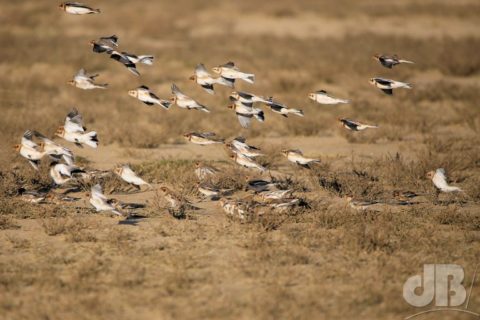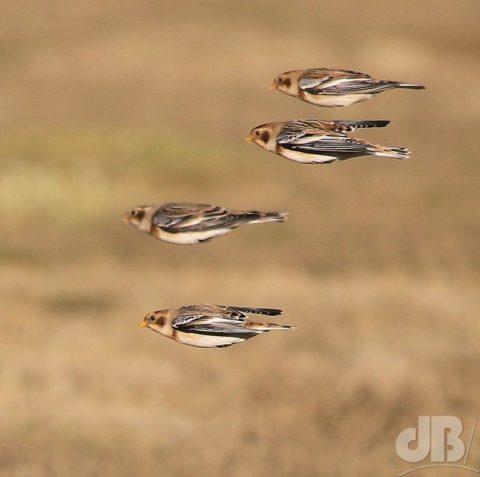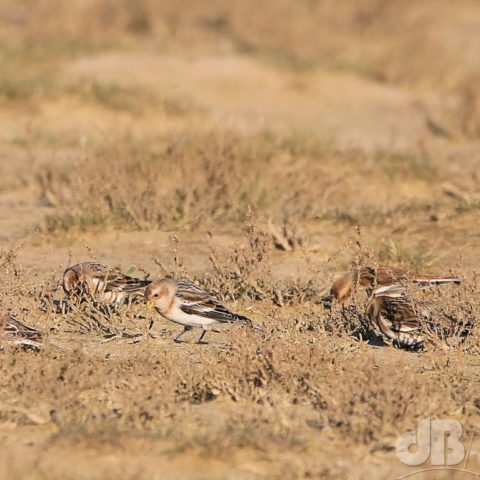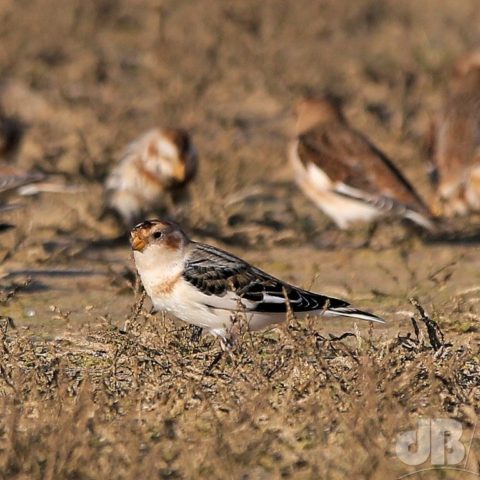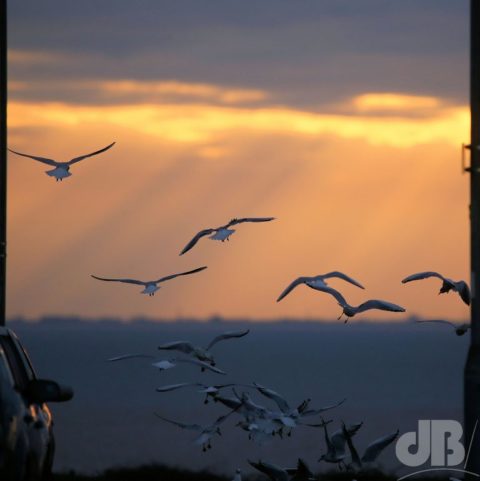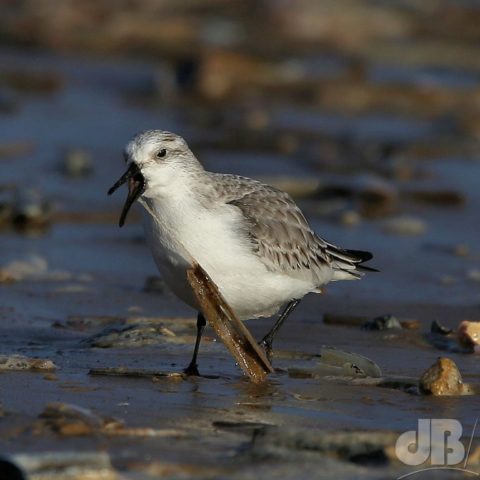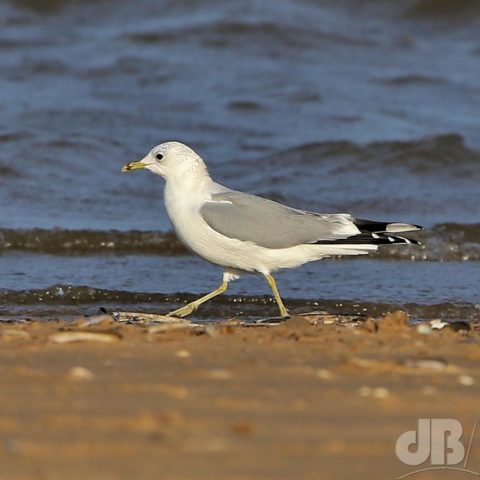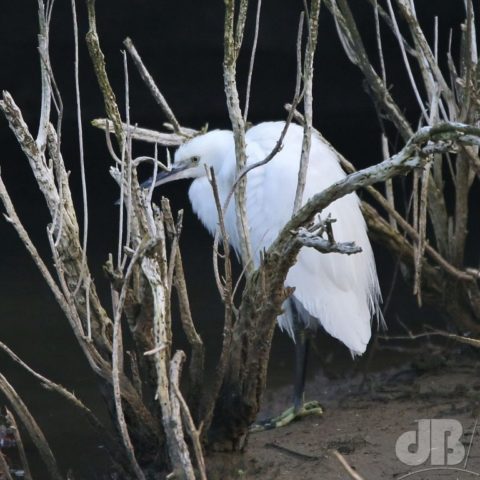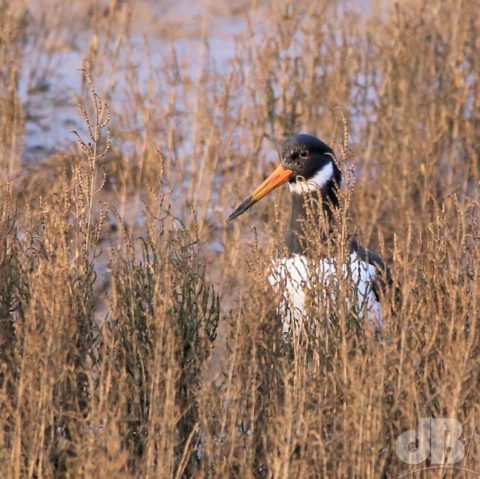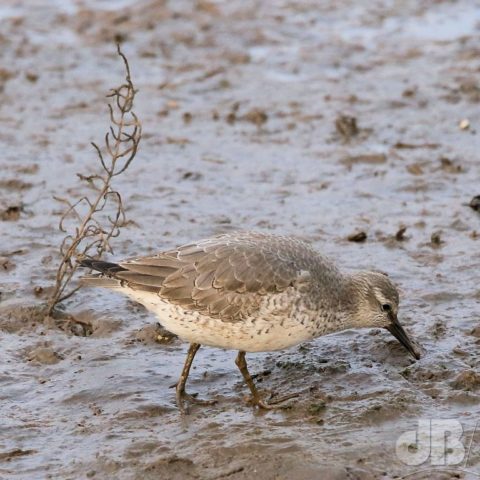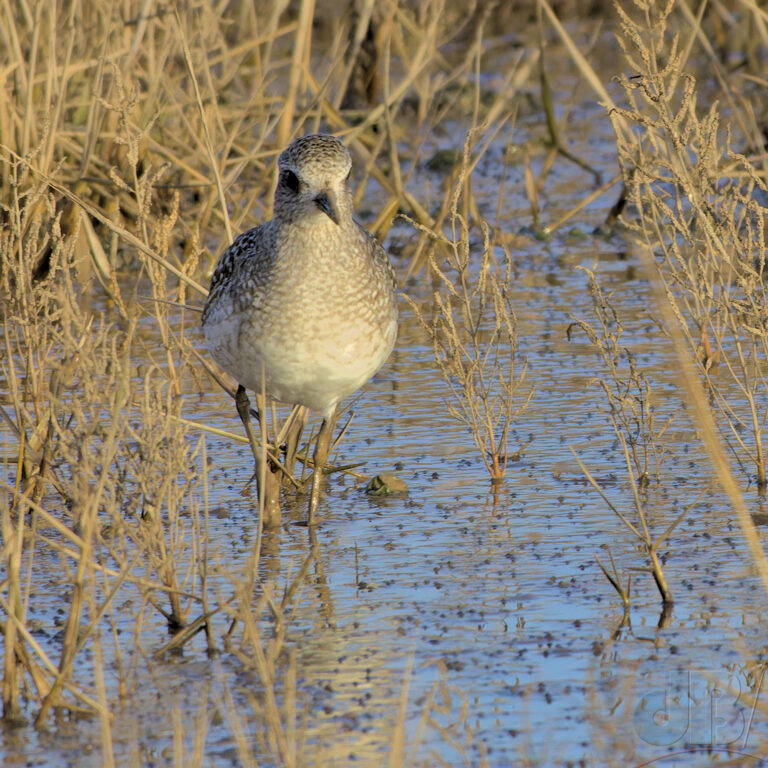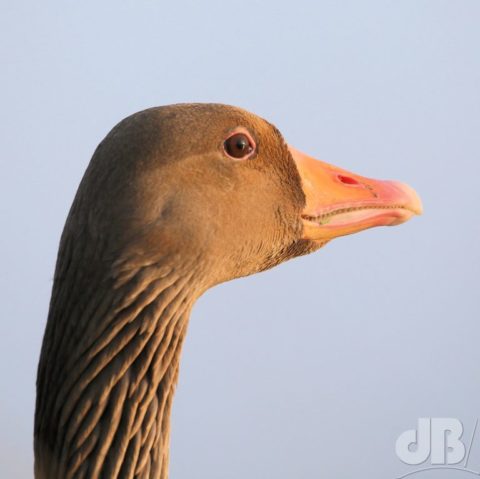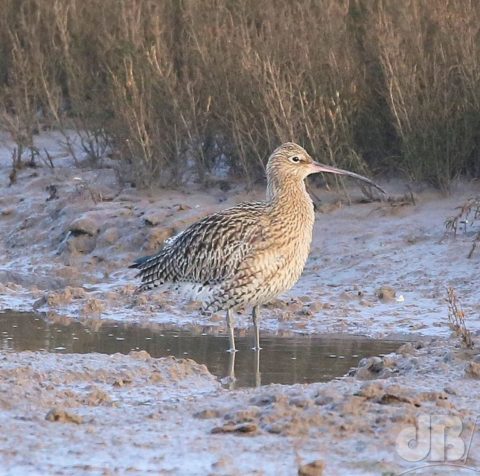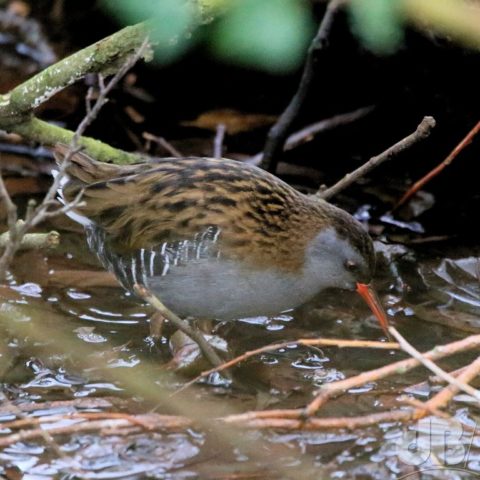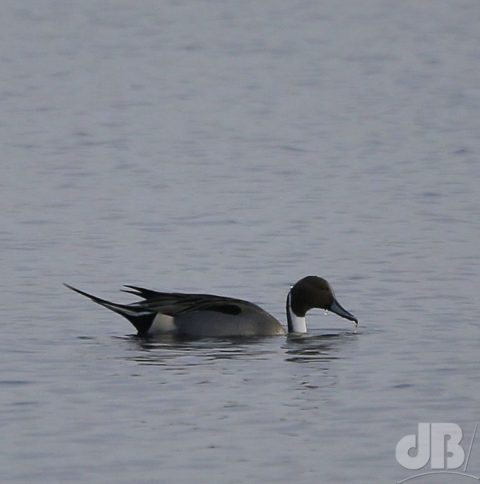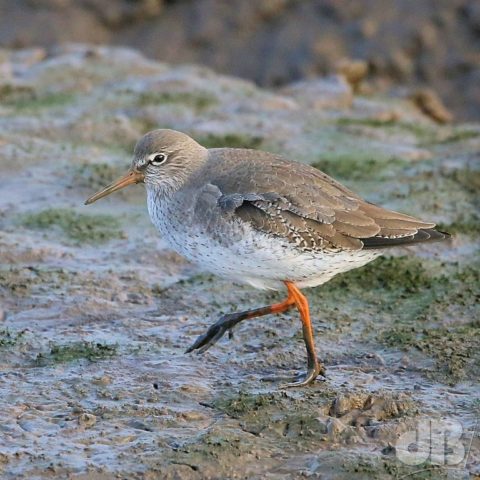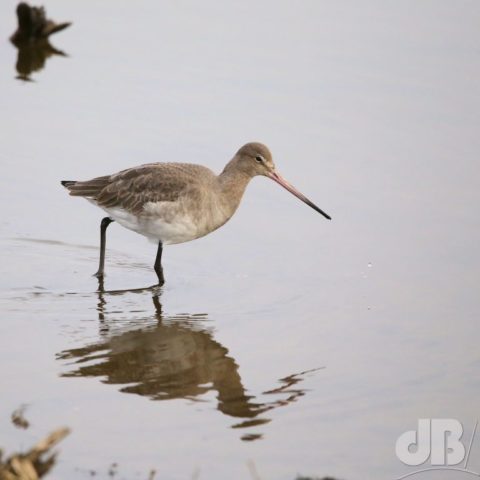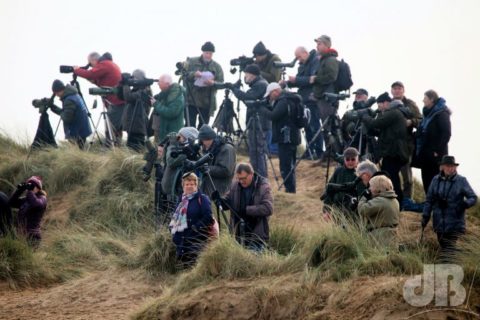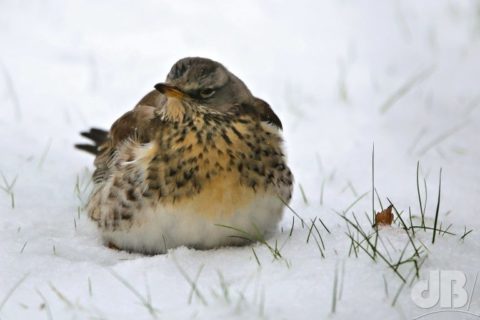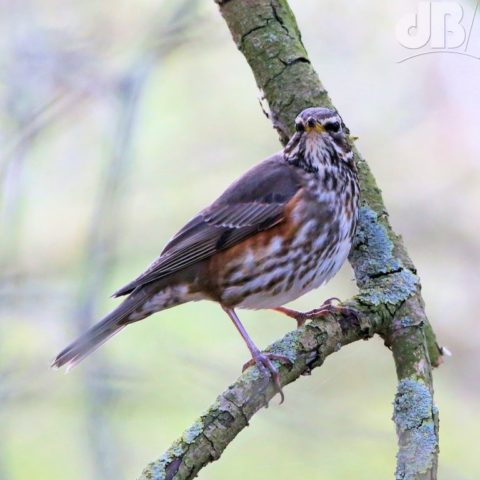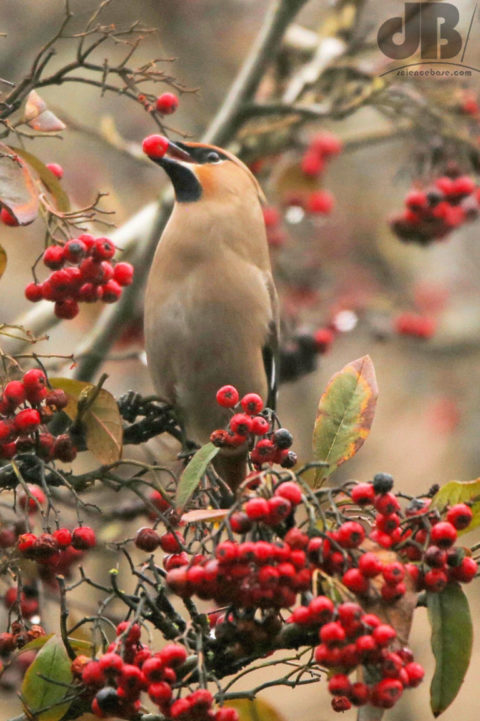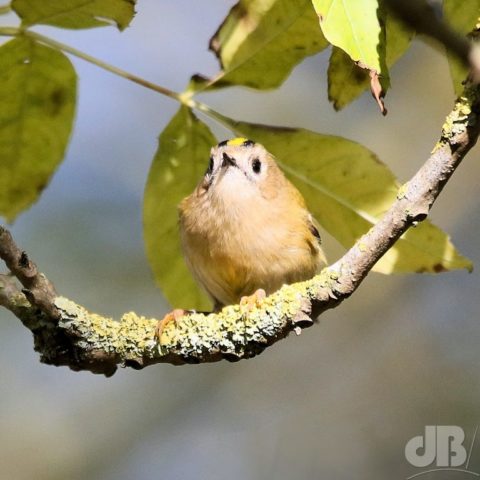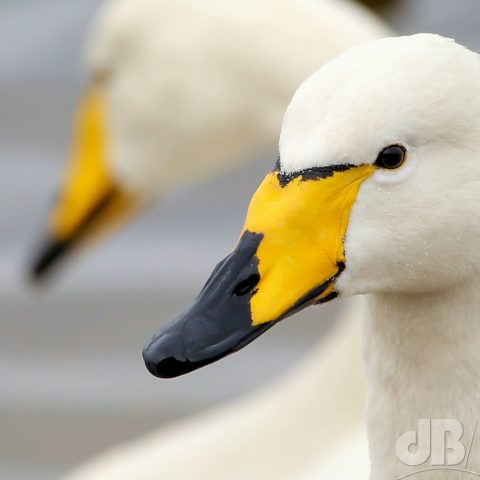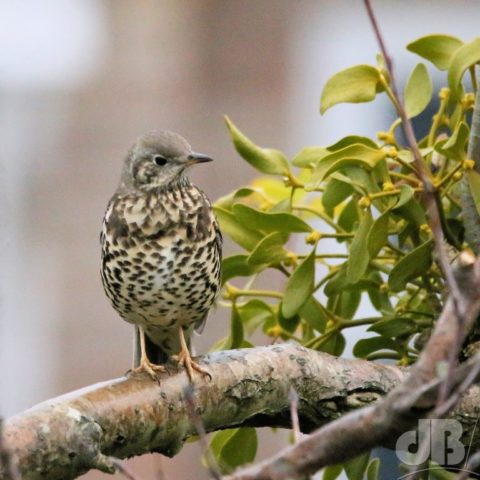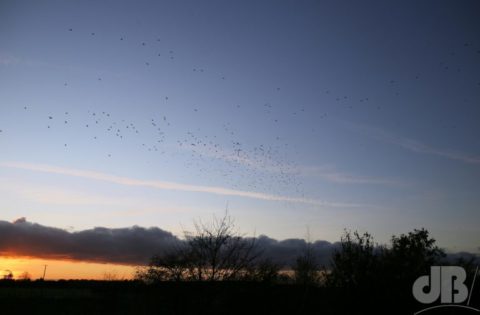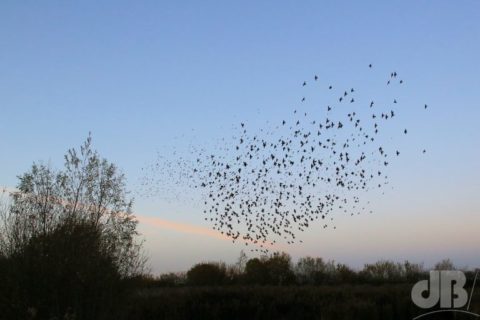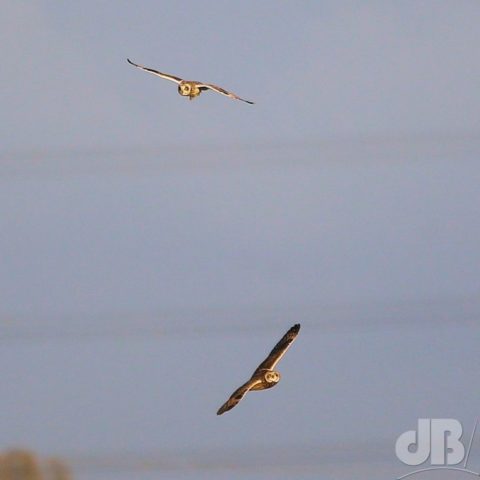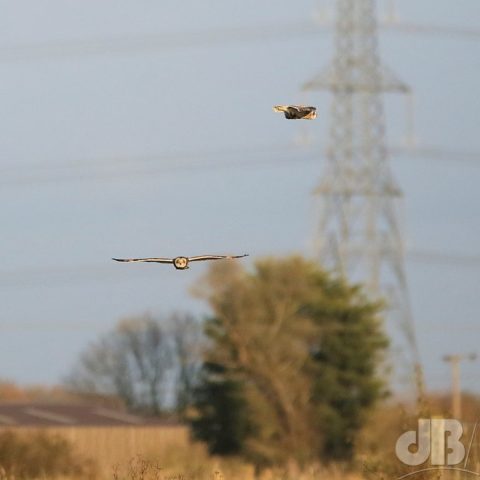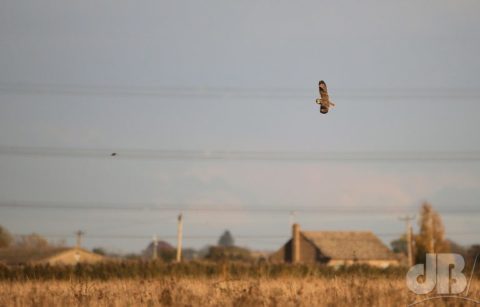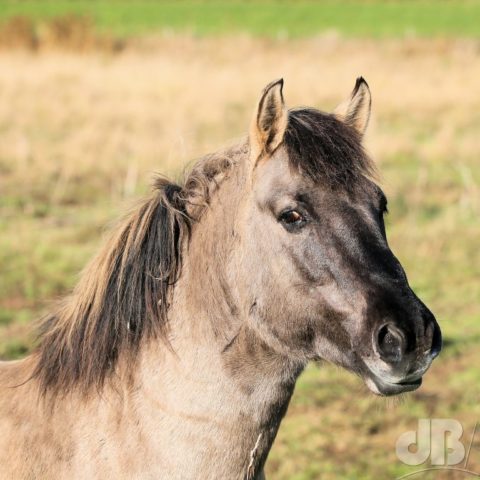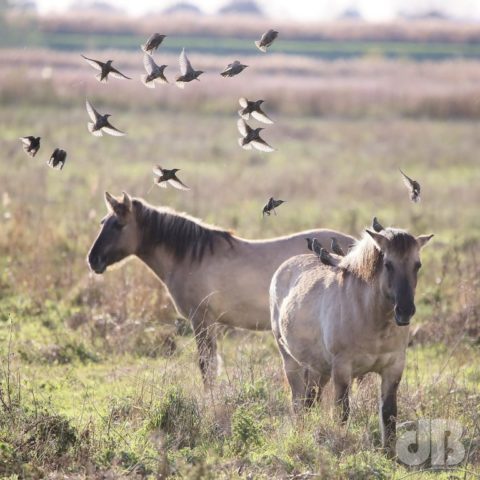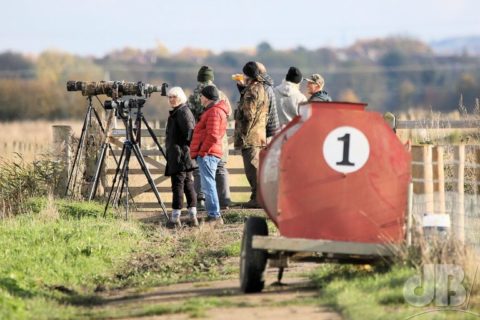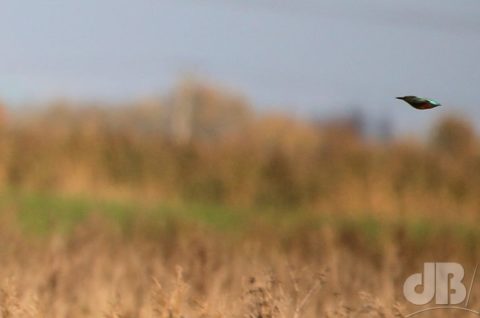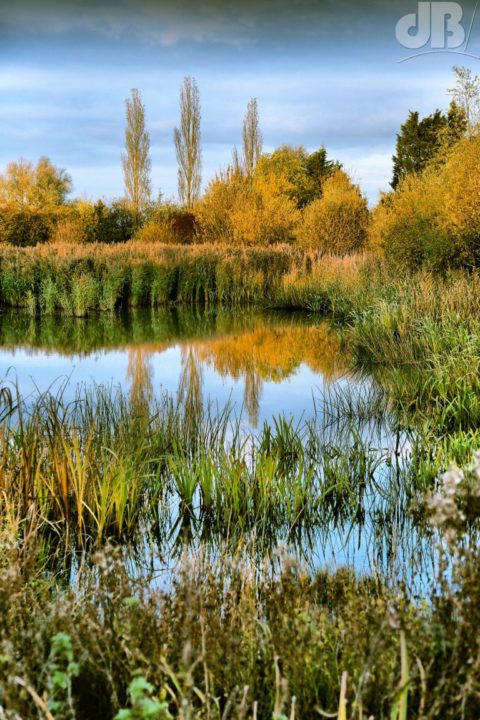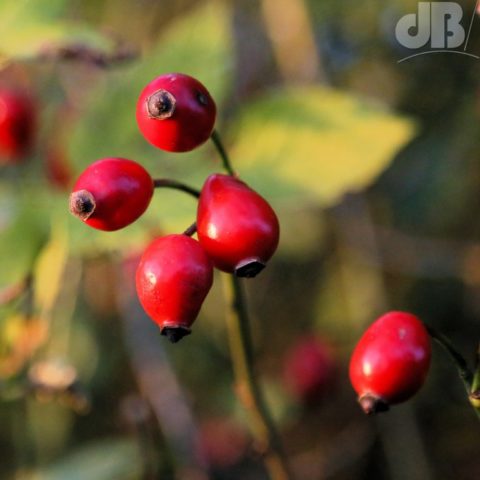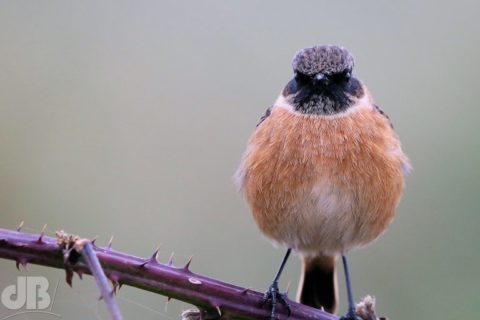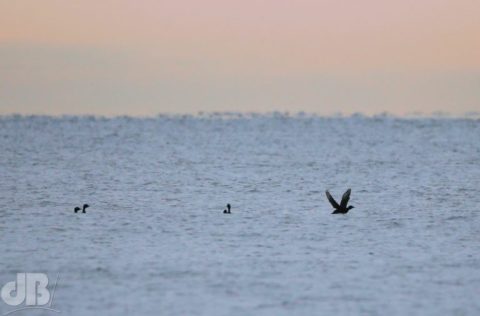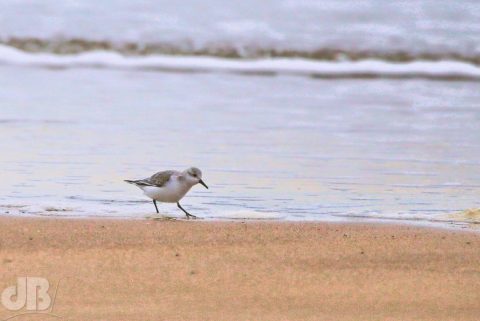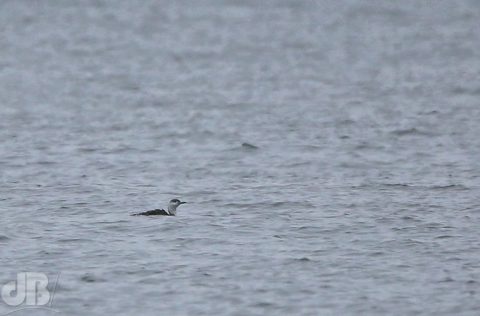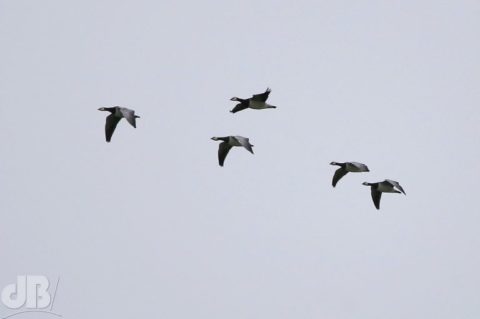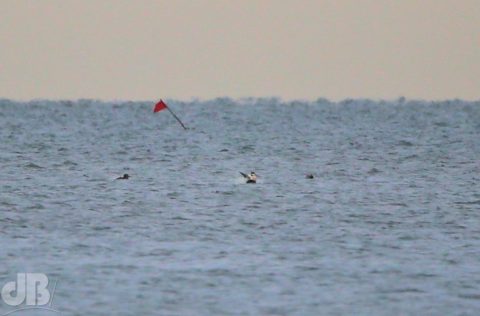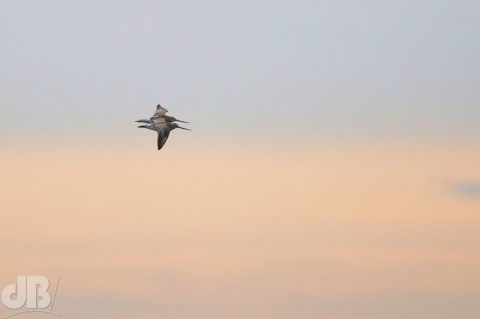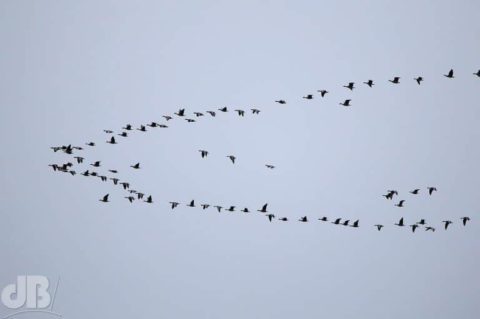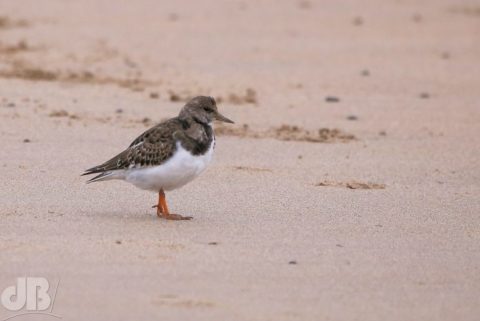TL:DR – In the late autumn, Short-eared Owls often migrate from regions far to the north and reach sites, such as NT Burwell Fen in Cambridgeshire where they will spend the winter, hunting small mammals in scrubby fenland.
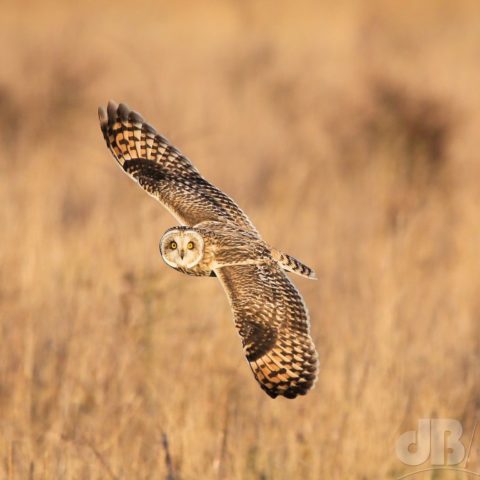
Here’s looking at youA frosty start to the day, clear skies, little wind, would that be perfect weather for hunting Short-eared Owls at NT Burwell Fen, I wondered. Did a few chores, made a coffee, drove the bumpy ride to the reach bridge parking at the back of the fen. Another quick snap of the 2D sculpture there that looks like a rendition of the weirdest “distracted boyfriend” meme ever.
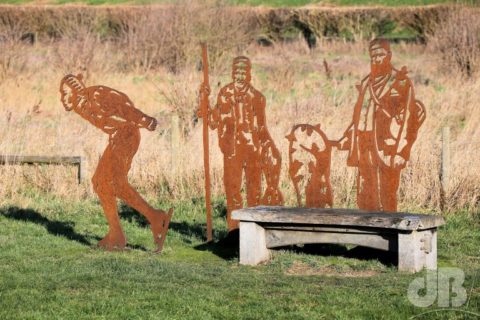
Too early for Shorties at the time I arrived so a short walk along the bank top that parallels Reach Lode. Lots of waterfowl and water birds and the water, as you’d expect (Mallard, Shoveller, Coot, Wigeon, Shelduck, Black-headed Gull, Cormorants, usual feathery fodder). A few large flocks spooked every now and then by a couple Marsh Harriers.
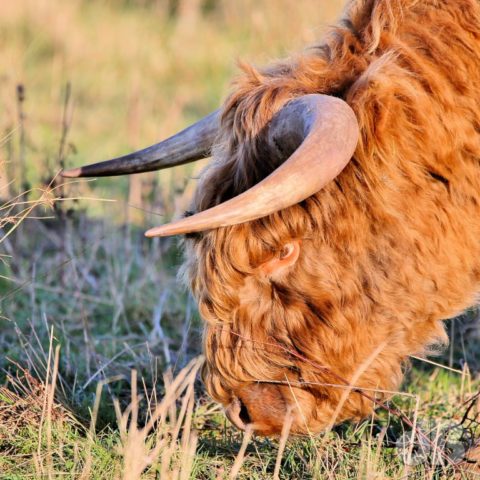
A tramp back to the bridge and then a walk across to our usual owl-spotting spot in the middle of the Fen. Hard-standing fossil of an old farm, with a drainage ditch and fencing to hem in the cattle and the Konik ponies, the deer don’t care about fences, of course.
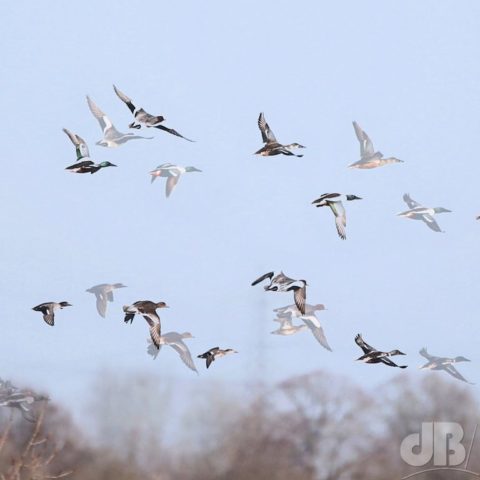
Chatted to a couple who put me to shame with their endurance, my having arrived at about 12h15, they’d already been there more than four hours. They’d seen a single Barn Owl but no early morning shorties. The misidentified some Stonechats as Reed Bunts and endless contradicted by spartan field knowledge of the Shorties that spend the winters on this Fen. I told them that they’d be “up” no sooner than about an hour before sunset, they were insistent that people “on Facebook” had photographed them for weeks at all times of day. It wasn’t to be. So, with ever-patient labrador in tow, we all of us ended up snapping the cattle to pass the time.
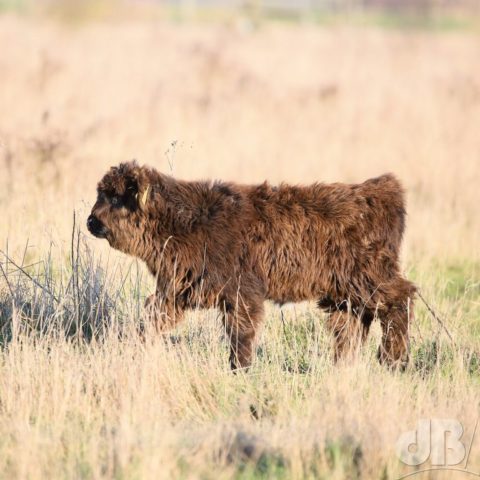
I also got a bizarre shot of some ghost Mallard where I’d accidentally put my camera into HDR mode, which never works well with moving subjects as the camera is programmed to take three bracketed shots quickly, but not instantaneously. One is exposed for the blacks, one the highlights, and one for the mid-tones. The camera combines all three and discards areas that are over or underexposed to create the high dynamic range of the final photo, usually.
The quality of light was lovely, the only “clouds” in tke sky were the loop-de-loop smoke trails of a wannabe Biggles, the only sound aside from his propellor a distant pheasant shoot I’d passed on the bumpy ride in that was still ongoing. Fowl play, you might say.
No Shorties yet, but lots of cameras on tripods pointed at the scrub expectantly. Word on the Fen was that there were five over-wintering here. We’d seen three, possibly four, on our last visit, but the light had been low and the photo quality similar. Today it would be different, just needed the owls to show.
Fairly sure I was first to spot the first, at 15h08, which true to my prediction was an hour before sunset, give or take ten minutes. So, here it is, first of probably five individual Short-eared Owls that I’d seen on the Fen by the time I left, just after sunset.
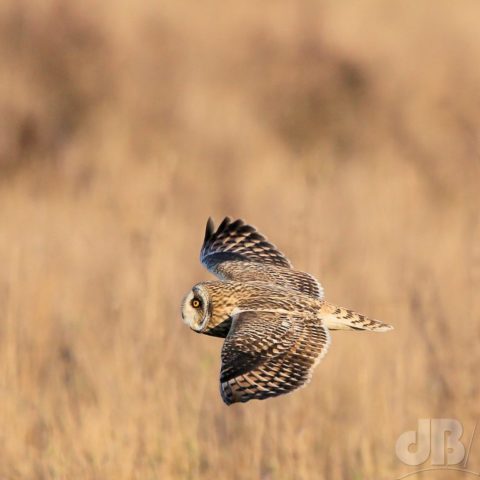
There are five on the Fen, I cannot be sure if I saw all five, maybe just four of them, but definitely four. Two tussled with a Marsh Harrier and I saw a final one as I headed for the Sun.
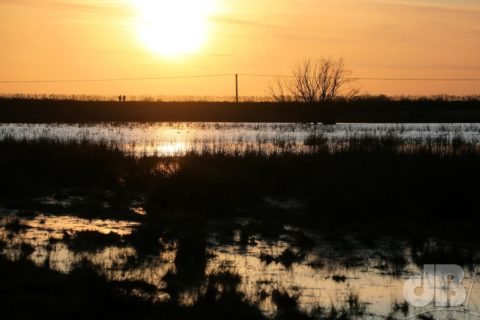
The sun had almost gone when I looked back over the Fen after a chat with an old birder who didn’t seem to need binoculars nor ‘scope, and definitely didn’t have a camera. The light was fading fast and the resulting photo was at high ISO and so is very noisy, but it’s a record, so there.
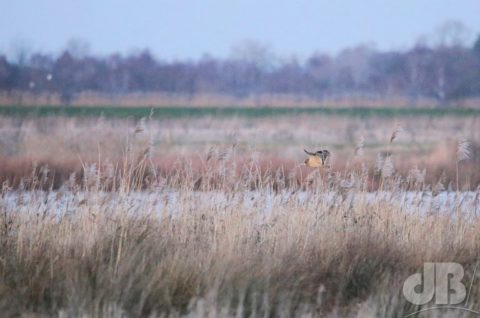
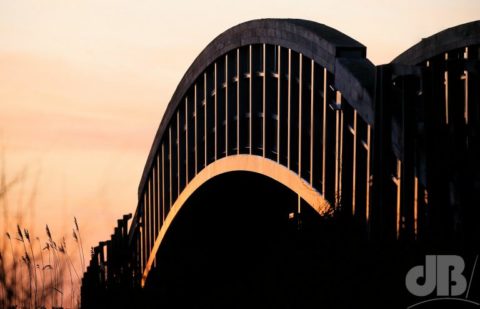
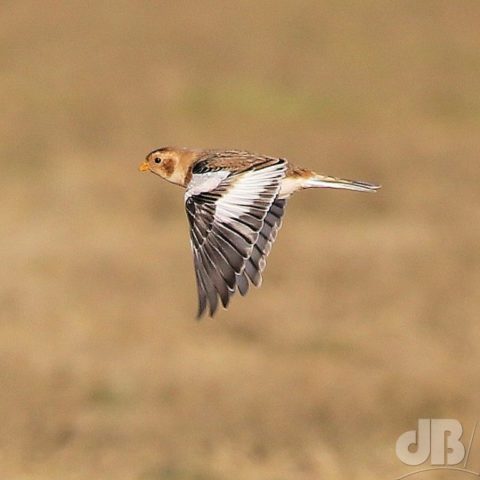 Second trip of the year to the North Norfolk coast. A much brisker, sunnier day than our New Year’s Day trip to RSPB Titchwell. Hoped to see Shorelarks, but apparently there are only five around the beach at Holkham at the moment and even the hardiest of birders who spent all day waiting yesterday saw none. We did, however, see 60 or so Snow Buntings, Plectrophenax nivalis.
Second trip of the year to the North Norfolk coast. A much brisker, sunnier day than our New Year’s Day trip to RSPB Titchwell. Hoped to see Shorelarks, but apparently there are only five around the beach at Holkham at the moment and even the hardiest of birders who spent all day waiting yesterday saw none. We did, however, see 60 or so Snow Buntings, Plectrophenax nivalis.